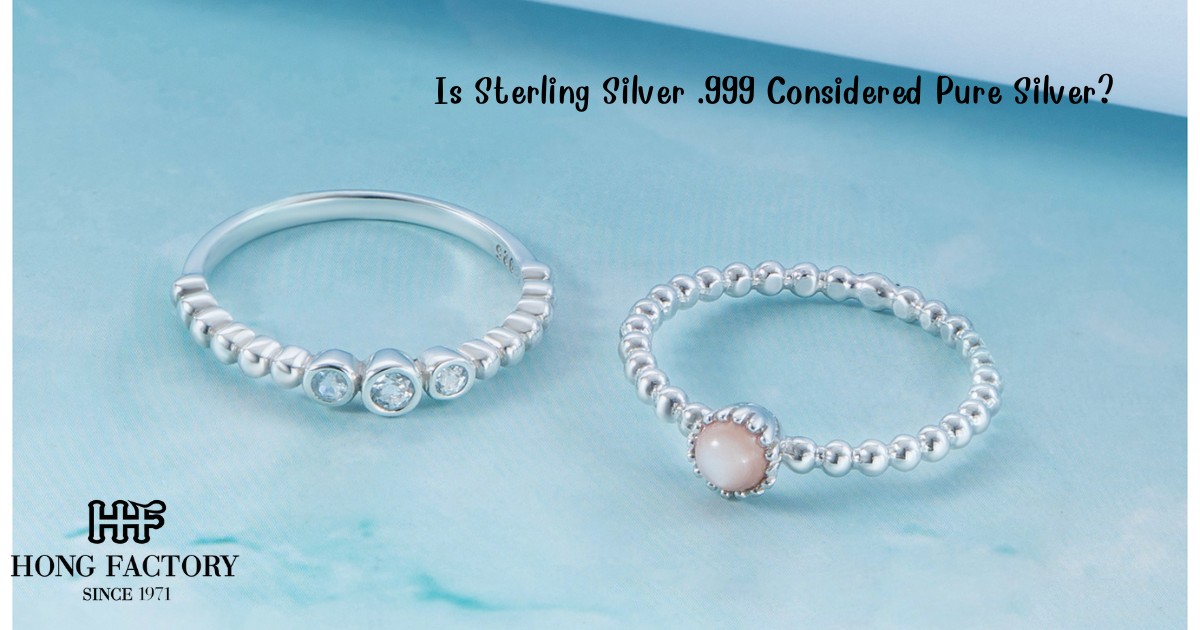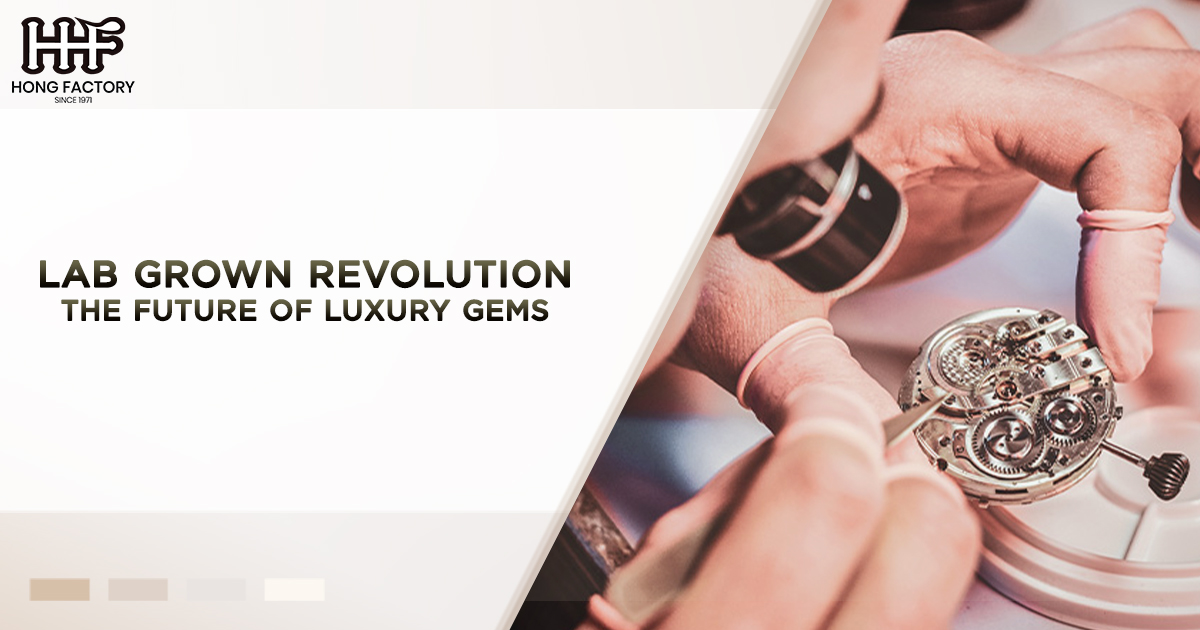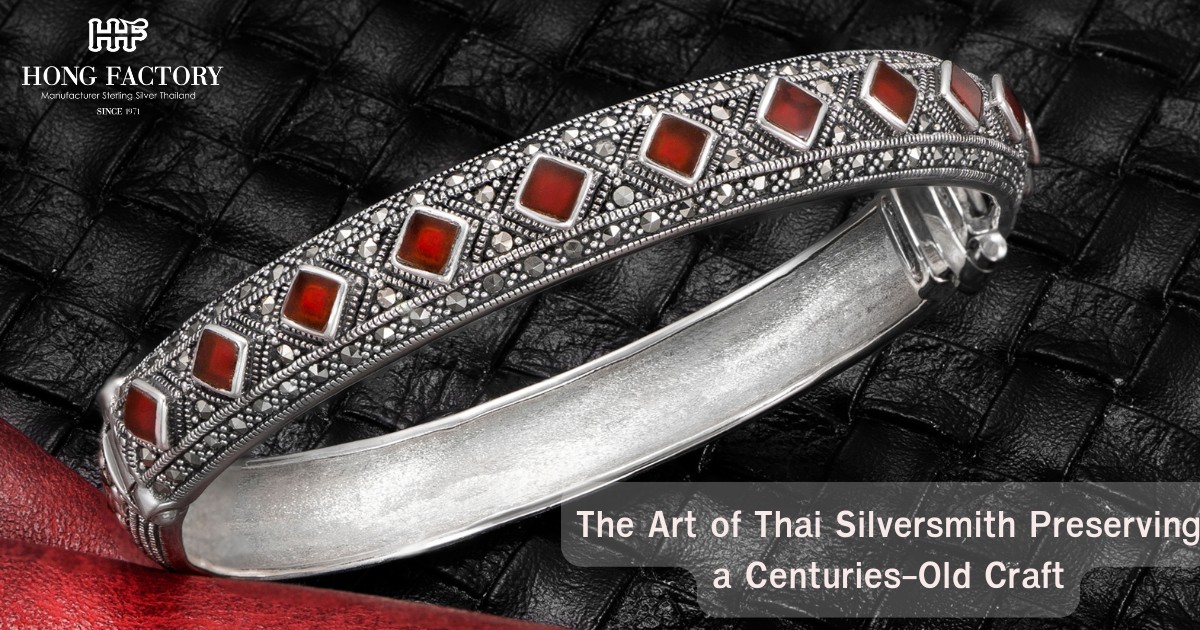When it comes to buying silver jewelry, bars, or coins, one of the most common questions people ask is whether sterling silver .999 is considered pure silver. The numbers stamped on silver items, like “.925” or “.999,” refer to purity levels,
but their meanings are often misunderstood. This article will help you understand what “Is Sterling Silver .999” means, how purity affects value, and why not all silver marked with these numbers is the same. marcasite
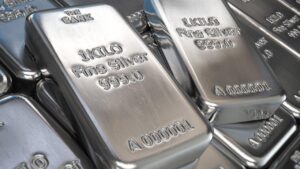
Understanding Silver Purity Grades
Silver is a precious metal found in varying levels of purity. To make it more durable or suitable for specific applications, it’s often alloyed with other metals. The two most common purities are:
- .999 Fine Silver: This contains 99.9% pure silver and is known as “pure” or “fine” silver. It’s the highest level of purity available for silver and is typically used in investment-grade bars, coins, and high-end collectible pieces.
- .925 Sterling Silver: This contains 92.5% pure silver and 7.5% copper or other metals. This alloy makes the metal stronger, ideal for jewelry and decorative items that need durability.
Both types are genuine silver, but their composition and applications differ significantly.
Is Sterling Silver .999?
The short answer is no—sterling silver is not .999. The term “sterling silver” specifically refers to the .925 purity standard, meaning it’s 92.5% silver mixed with 7.5% other metals. The marking “.999” belongs to fine silver, which is 99.9% pure and not technically classified as sterling silver.
However, some confusion arises because both .999 and .925 are legitimate forms of real silver. The difference lies in their purity levels, strength, and usage.
Here’s a quick comparison:So while .999 silver is considered pure silver, sterling silver (.925) is not it’s a silver alloy created to enhance strength and longevity.
Why .999 Fine Silver Is Considered Pure
.999 fine silver is labeled as pure because it contains only 0.1% of trace elements. This level of purity gives it a brilliant white luster and makes it highly desirable for investment purposes. Investors prefer .
999 silver bars or coins because they hold intrinsic melt value, are easy to trade, and are globally recognized for their quality.
Fine silver is also used in certain industries, including:
- Electronics: Due to its superior conductivity.
- Medical devices: For its antibacterial properties.
- Solar panels: Where precision and high purity are essential.
However, its softness makes it less suitable for jewelry that must withstand daily wear and handling.

Why Sterling Silver (.925) Is Still Valuable
Even though sterling silver isn’t pure, it remains highly valued for its durability and affordability. The addition of copper strengthens the metal, preventing it from bending or scratching easily. It’s perfect for:
- Everyday jewelry such as rings, bracelets, and necklaces.
- Tableware including spoons, forks, and serving trays.
- Designer collectibles that require fine detailing.
Over time, sterling silver may tarnish due to its copper content, but it can easily be cleaned and polished back to its original shine. Its combination of beauty, practicality, and lower cost makes it an enduring favorite in fashion and décor.
How Purity Affects Price and Value
The market value of silver is directly influenced by its purity. Since .999 silver contains more pure silver per ounce, it usually commands a higher price. However, other factors—such as craftsmanship, rarity, and design—can make sterling silver pieces more valuable than their raw metal content.
For example:
- 1 ounce of .999 silver at $45 per ounce has a melt value of $45.
1 ounce of .925 sterling silver has 0.925 ounces of silver, valued around $41.60 at the same market price.
Still, a sterling silver pendant from a luxury brand could sell for hundreds more, demonstrating how artistry adds significant value beyond metal purity.
How to Identify .999 and .925 Silver
Authentic silver items are stamped with purity marks that indicate composition:
- .999 or “Fine Silver” – Found on coins, bars, and investment-grade products.
- .925 or “Sterling” – Found on jewelry, utensils, and artisan pieces.
If an item lacks these markings, you can verify its authenticity with a silver testing kit or consult a professional jeweler. Be cautious of counterfeit items that claim high purity but lack verification.
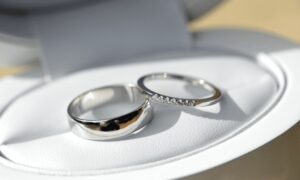
Which Is Better: .999 or .925 Silver?
The best choice depends on your needs:
- Choose .999 Fine Silver if you want to invest in precious metals or collect high-purity coins.
- Choose .925 Sterling Silver if you want elegant, long-lasting jewelry for daily use.
In essence, .999 silver represents investment value, while .925 silver represents wearable luxury.
While .999 silver is considered pure and ideal for investment, sterling silver (.925) remains the top choice for jewelry due to its strength and beauty. Understanding the difference between the two helps you make informed decisions when buying silver products.
So, the next time you wonder, “Is Sterling Silver .999?” remember—sterling silver isn’t pure silver, but it’s the perfect blend of craftsmanship, durability, and timeless elegance.
